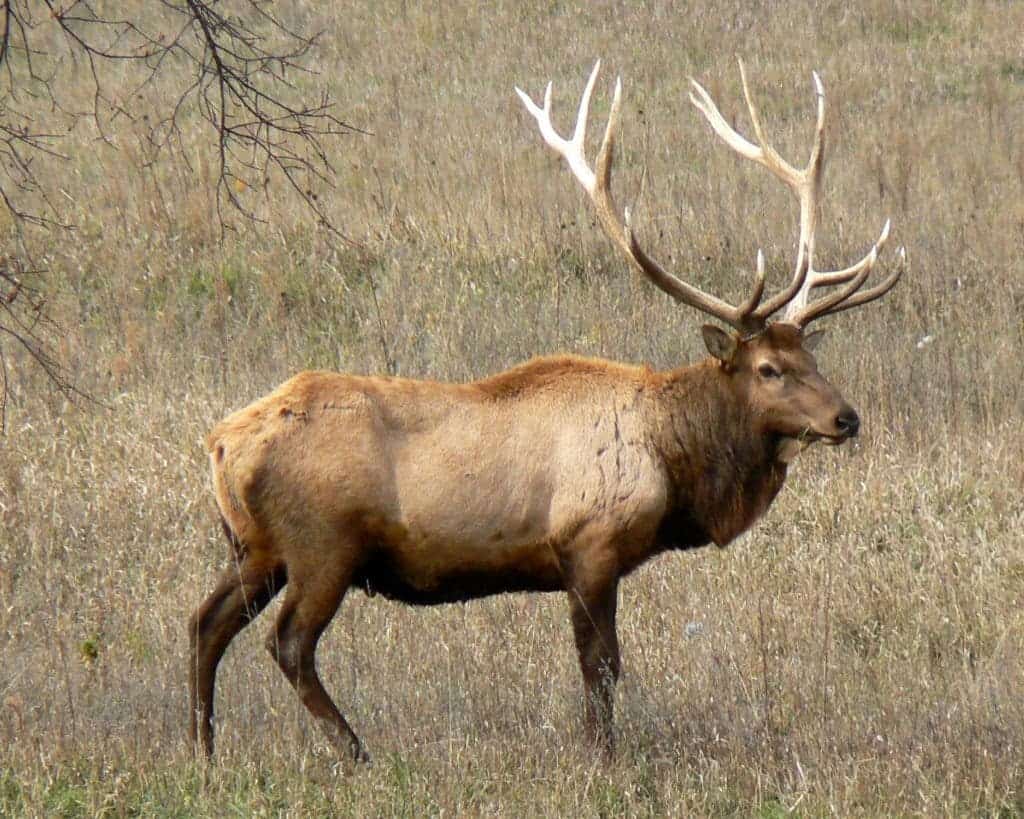Some male elk (a North American species of deer) shed their antlers earlier in the year, which favors them to get better mating partners. However, this also leaves them defenseless for a while — and wolves have picked up on this, targetting them specifically.

The main purpose of antlers is sexual selection: males use antlers to compete with each other, and females also prefer males with big antlers, as they indicate strength and fertility. Like other deer, elk shed their antlers over a two-three month period, right after the mating season has ended. This allows them to grow new antlers by the next mating season.
But antlers also serve a secondary purpose — they help defend against predators like wolves, a new study suggests.
[panel style=”panel-default” title=”ElkS” footer=””]Also called wapiti, elks (Cervus canadensis) are some of the largest deer species in the world.
They’re native to the forest edge habitats of North America and eastern Asia, but they have also adapted well to the countries in which they have been introduced, including Argentina and New Zealand.
Some cultures cherish them as a spiritual force, yet they are often hunted as game. In Asia, some of their body parts are used in traditional medicine.[/panel]
Wolves, intelligent creatures that they are, picked up on this fact. In a new study published in Nature, University of Montana researchers report that wolves target elk who have shed their antlers, even if they are fitter and apparently more difficult to hunt.
“We show, however, that male elk that cast their antlers early are preferentially hunted and killed by wolves, despite early casters being in better nutritional condition than antlered individuals,” researchers write. “Our results run counter to classic expectations of coursing predators preferring poorer-conditioned individuals, and in so doing, reveal an important secondary function for an exaggerated sexually selected weapon—predatory deterrence.”
So the elk are faced with an interesting trade-off: do they shed their antlers early, and face an increased wolf risk but raise their chances of finding a mate, or do they maintain them more — which keeps them safer, but makes them less attractive?
In this case, safety won, researchers say: uniquely among North American deer, elk retain their antlers long after they fulfill their primary role in reproduction. In other words, as exciting as mating is, not being eaten by wolves takes priority. However, researchers say, the need to regrow antlers results in a trade-off between these two functions — and this trade-off likely influenced the species’ evolution over time.
The study “Predation shapes the evolutionary traits of cervid weapons” has been published in Nature Ecology & Evolution



